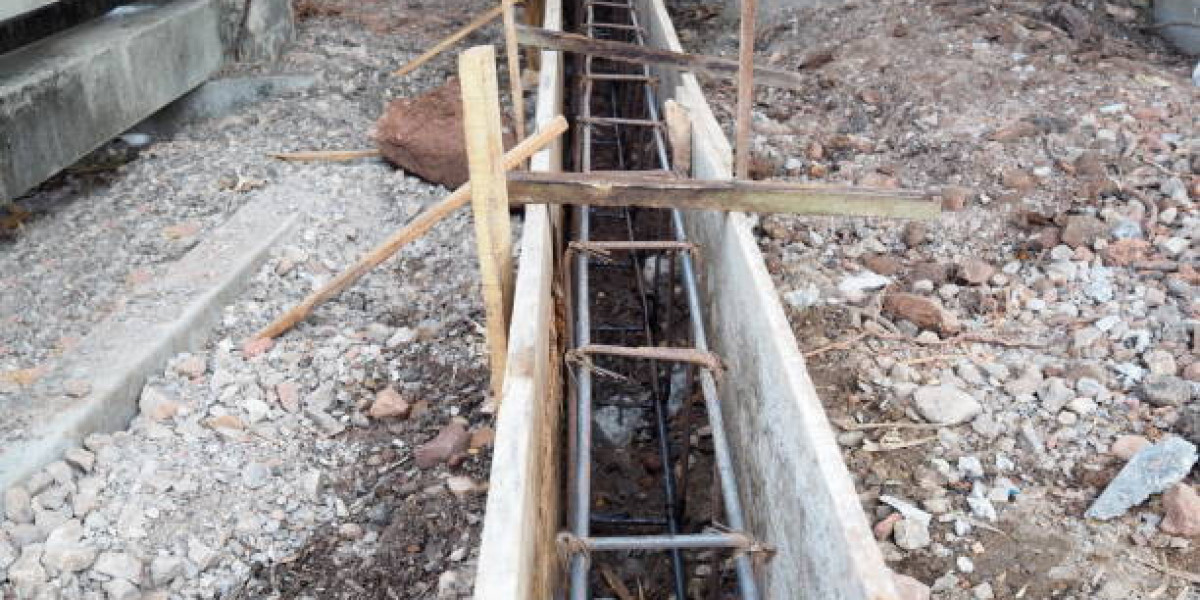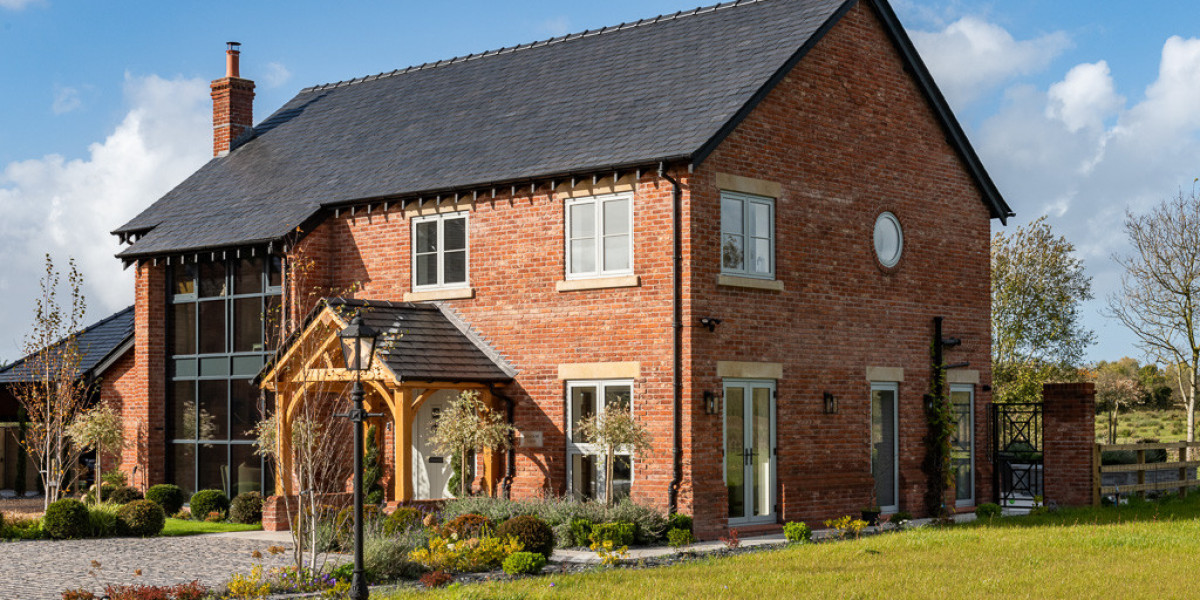Introduction
Mini piling is one of the most versatile foundation solutions used in modern construction, especially for projects that require strength, precision, and adaptability. Whether you are extending an existing property, building a brand-new home, or developing multiple housing units, mini piling offers a stable foundation that can withstand challenging ground conditions. Its ability to be installed in restricted spaces and on sites with poor soil quality makes it a preferred choice for both residential and commercial developers.
Why Mini Piling Is Essential for Modern Construction
The increasing demand for construction in urban areas has led to smaller and more complex building sites. Mini piling is designed to meet these challenges by providing a solution that is both efficient and reliable. With minimal vibration and reduced noise compared to traditional piling, it is particularly suitable for projects close to existing structures. It also requires smaller rigs, which means less disruption and faster installation times.
Mini Piling for Home Extensions
Homeowners often choose to extend their properties rather than move, and mini piling plays a critical role in these projects. When extending a home, the new foundation must match the structural integrity of the original building. Mini piles are ideal for this because they can be installed with precision, even in tight back gardens or narrow side access points. This ensures that the extension remains stable, even if the existing property is built on challenging ground.
Mini Piling for New Builds
For new homes, a strong and reliable foundation is essential from the start. Mini piling provides a stable base that can handle heavy loads, making it perfect for modern architectural designs that incorporate multiple stories or unique layouts. Since new builds often involve detailed planning and compliance with building regulations, mini piling offers the flexibility to adapt to specific engineering requirements while meeting safety and durability standards.
Mini Piling for Multi-Unit Homes
Developments involving multiple units, such as apartment blocks or townhouses, require foundations that can support a significant amount of weight. Mini piling can handle this demand while accommodating variations in ground conditions across the site. Because the piles can be installed at different depths, they provide a consistent level of support even when soil conditions vary. This makes them particularly effective for large-scale residential developments.
Adaptability to Ground Conditions
One of the key benefits of mini piling is its adaptability. It can be used in clay, sand, gravel, or even waterlogged ground. This makes it suitable for a wide range of construction sites, including those where traditional foundations would be difficult or expensive to install. Before the piling process begins, site surveys and soil testing are conducted to determine the best approach, ensuring that the foundations will be both strong and long-lasting.
Working in Restricted Access Areas
Many residential projects, especially in built-up areas, involve restricted access. Mini piling rigs are compact and can operate in spaces where larger equipment would not fit. This means that construction can proceed without major alterations to the site layout, reducing preparation time and minimising disruption to surrounding properties.
Integration with Ground Beams
Mini piles are often used in combination with ground beams to create a complete foundation system. The piles transfer the load deep into the ground, while the ground beams distribute that load evenly across the structure. The success of this system depends on selecting the right materials and construction methods, which is why understanding Common Materials Used in Ground Beam Construction is important for ensuring durability and stability.
Faster Project Timelines
Time efficiency is a major advantage of mini piling. Installation can often be completed within days, depending on the scale of the project. For developers and homeowners, this means reduced labour costs and a faster transition to the next stage of construction. This is particularly beneficial for multi-unit developments, where delays in foundation work can significantly impact the overall schedule.
Cost-Effectiveness Without Compromising Quality
While mini piling may sometimes appear more expensive at first glance compared to shallow foundations, it often proves more cost-effective in the long run. By providing a stable base that reduces the risk of structural issues, it minimises the need for future repairs. Additionally, its suitability for challenging ground conditions can eliminate the need for expensive excavation or soil replacement.
Compliance with Building Regulations
Every construction project must adhere to local building regulations, and foundations are no exception. Mini piling meets the necessary standards for load-bearing capacity, safety, and durability. Working with experienced piling contractors ensures that your project not only complies with regulations but also achieves the highest quality results.
Choosing the Right Contractor
The success of any piling project depends largely on the expertise of the contractor. Experienced professionals can assess site conditions, recommend the most suitable piling method, and execute the work with precision. They also coordinate with engineers and architects to ensure that the foundation aligns perfectly with the structural design.
Conclusion
Mini piling is a proven, adaptable, and reliable foundation solution for extensions, new builds, and multi-unit housing projects. Its ability to work in restricted access areas, adapt to varied ground conditions, and integrate seamlessly with ground beams makes it a top choice for modern construction. By investing in professional expertise and proper planning, developers and homeowners can ensure that their projects start with a strong foundation that stands the test of time.













